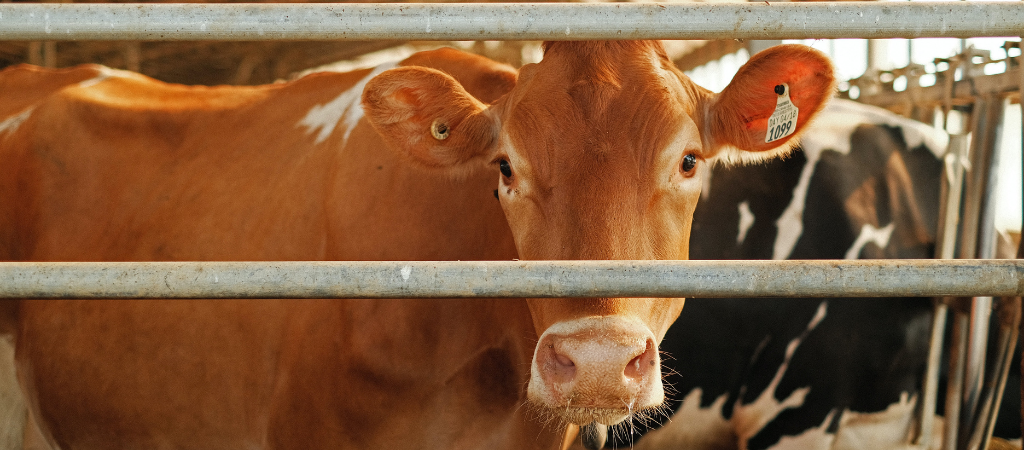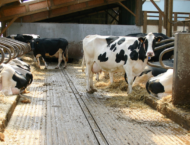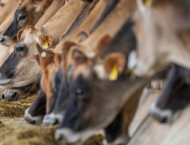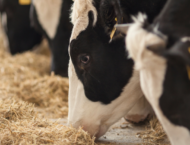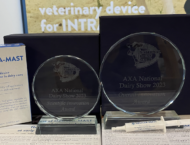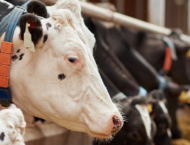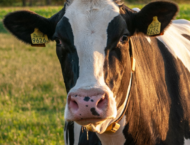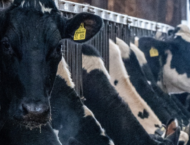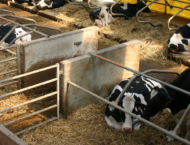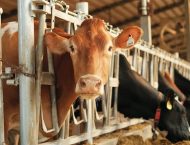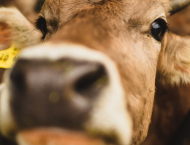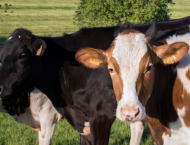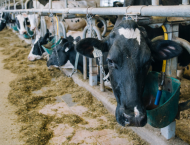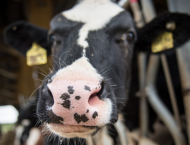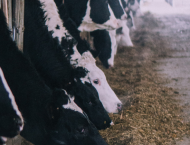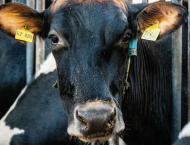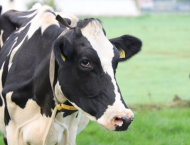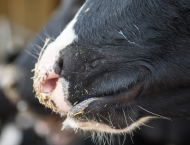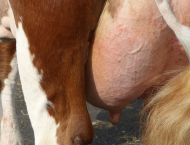During the period around calving, dairy cows face several physiological and metabolic changes, while their natural defensive mechanism is lower since hormons and other factors make them more or less immunocompromised. At the udder level, we have already discussed the significant changes occuring during the periparturient period1.
All this means a higher susceptibility to infections and udder issues, and much more. The hardest challenge is mastitis, particularly after calving. As a matter of fact, the incidence of mastitis in the first month after calving is high; thus, special management during the period around calving will help us keep the cows healthy and make milk production profitable.
Moreover, any issue occurring from three weeks before to three weeks after calving can negatively affect the rest of the lactation, both at cow and herd level.
Therefore, successful mastitis control programme must be implemented on farms focusing on the management of dry, calving and freshly calved cows and heifers. As discussed before1, clean and comfortable enviroment, balanced nutrition, proper dry-off procedures (where possible, selective treatments are recommended) and best hygiene pratices during milking are vital to the maintenance of good udder health.
After calving, monitoring fresh cows is another strategy to be added to the mastitis control programme since these cows deserve extra attention. In particular concerning rapidly finding, treating and recording clinical cases as a prevention of infections being passed to other cows, and the development of chronic infections.
What signs can help us monitor udder health? First of all, we have to look at quarters checking for heat, pain and swelling in all fresh cows. The basics of early detection during forestripping at the first milkings (colostrum and transition phase) assume greater importance immediately after calving2. If you identify signs of clinical cases, consider milk cultures and seek for veterinary advice to decide whether antibiotics are necessary and what product should be used to cure the infections.
When you identify signs of tissue imbalance but no signs of clinical cases and no infections (including subclinical cases), supporting and protecting the udder tissue can be benificial.
This is another case for the application of OZOLEA-MAST along with Protocol M2 (M2. Udder, lactation: post partum). In the first milkings after calving, it is possible to apply the product to all quarters at the same time. OZOLEA-MAST is not a veterinary medicinal product: it supports the functionality of the tissue when this is not drastically compromised. Timely application guarantees the best results.
How to apply OZOLEA-MAST in this case?
Proceed with milking as usual. At the end of milking, open the cap of the applicator and gently insert the plastic teat-safe needle into the teat canal for no more than 1 cm. Gently push the piston and let the product enter the teat canal. Extract the applicator and gently rub 5-6 seconds after each application.
Repeat the application in the quarter or sensitive quarters after each milking for at least 2 times and in any case until functional integrity is restored. It will be vital to monitor udder health in the first 10 days of lactation. Thus, we will detect milk in the first 10 days of lactation to check the absence of milk flakes and/or SCC is under control.
OZOLEA-MAST is a non-drug tool that perfectly fits into an efficiently managed dairy farm system. This is why OZOLEA created specific protocols for each situation. By adopting OZOLEA tools and protocols, the occurrence of severe clinical events is remarkably reduced. The animals are less stressed and many painful phenomena are avoided.
1 A comfortable pre-calving period for less stressed fresh cows.
https://www.ozolea.it/a-comfortable-pre-calving-period-for-less-stressed-fresh-cows/
2 Early detection of mastitis: signs at cow, udder and milk level.
https://www.ozolea.it/early-detection-of-mastitis-signs-at-cow-udder-and-milk-level/
Immagine in evidenza: Austin Santaniello

